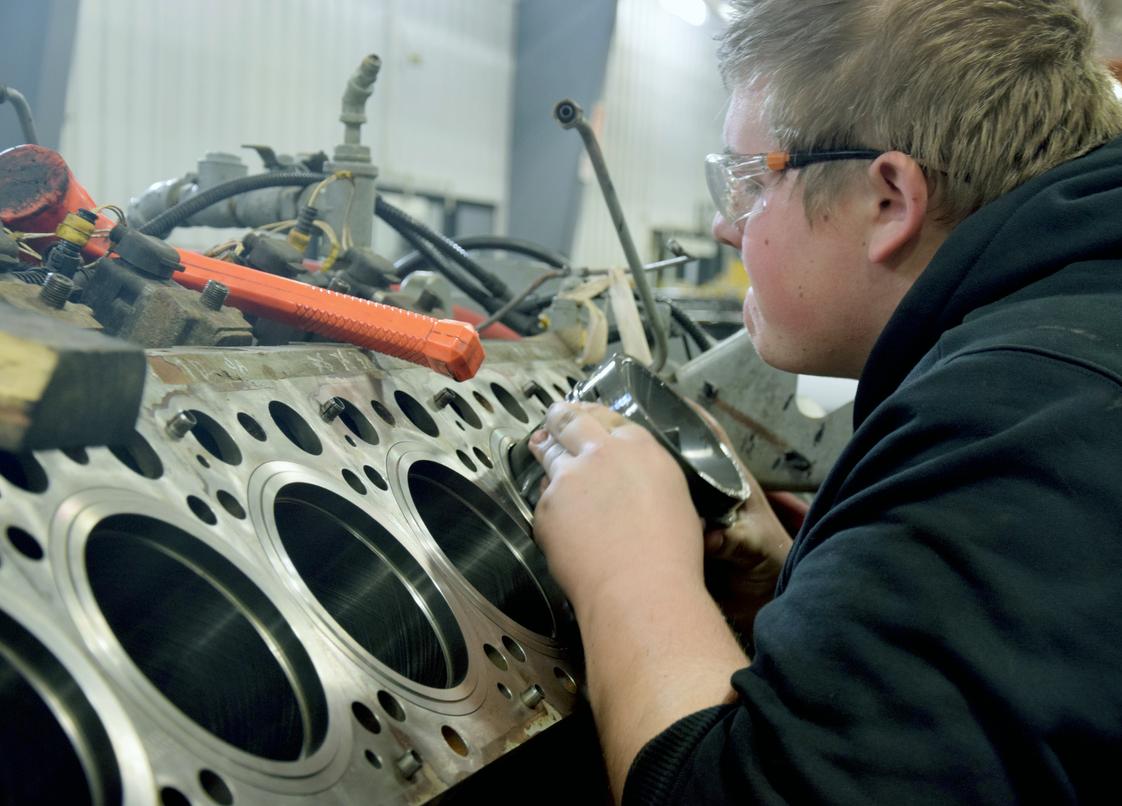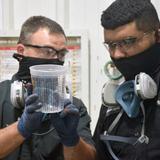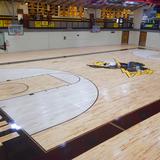- Salina Tech is the fastest-growing college in Kansas, and is consistently ranked in the top 10% of two-year colleges in the United States. With programs as varied as Welding, Early Childhood Education and Police Science, we have the classes to prepare you for the career you want.
School Highlights
Salina Area Technical College serves 1,408 students (21% of students are full-time).
The college's student-teacher ratio of 19:1 is higher than the state community college average of 16:1.
Minority enrollment is 28% of the student body (majority Hispanic), which is less than the state average of 40%.
Quick Facts (2025-26)
- Enrollment: 1,408 students
- In-state tuition: $4,893
- Out-state tuition: $4,893
- Acceptance Rate: 100%
- Student-teacher ratio: 19:1
- Minority enrollment: 28%
- Source: Verified school update
Top Rankings
Salina Area Technical College ranks among the top 20% of public schools in Kansas for:
Category
Attribute
Debt For Students
School Overview
The teacher population of 75 teachers has grown by 10% over five years.
Salina Area Technical College
(KS) Community College Avg.
Carnegie Classification
Associate's Colleges: High Career & Technical-High Nontraditional
Associate's Colleges: Mixed Transfer/Career & Technical-High Nontraditional
Institution Level
At least 2 but less than 4 years
At least 2 but less than 4 years
Institution Control
Public
Public
Total Faculty
75 staff
155 staff
Number of Programs Offered
24
28
School Calendar
Student Body
The student population of Salina Area Technical College has grown by 78% over five years.
The student-teacher ratio of 19:1 has increased from 12:1 over five years.
The Salina Area Technical College diversity score of 0.46 is less than the state average of 0.60. The school's diversity has grown by 32% over five years.
Total Enrollment
1,408 students
2,057 students
Student-Teacher Ratio
19:1
16:1
# Full-Time Students
296 students
606 students
# Part-Time Students
1,112 students
1,451 students
# Enrollment Undergraduate
140 students
229 students
# Full-Time Undergraduate Students
296 students
569 students
# Full-Time Graduate Students
n/a
11 students
# Part-Time Undergraduate Students
1,112 students
1,424 students
# Part-Time Graduate Students
n/a
5 students
Total Dormitory Capacity
n/a
342 students
% American Indian/Alaskan
n/a
1%
% Asian
2%
3%
% Hispanic
13%
15%
% Black
3%
8%
% White
72%
60%
% Hawaiian
5%
1%
% Two or more races
4%
4%
% Non Resident races
n/a
2%
% Unknown races
1%
6%
Diversity Score
0.46
0.60
College Completion Rate (Students who graduate in less than 4 years)
63%
41%
College Completion Rate (Students who graduate in 4 years or more than 4 years)
n/a
31%
Average Graduate Earnings (10 Years)
$33,100
$34,000
Tuition and Acceptance Rate
The public in-state tuition of $4,893 is more than the state average of $3,402. The in-state tuition has declined by 39% over four years.
The public out-state tuition of $4,893 is more than the state average of $4,296. The out-state tuition has declined by 39% over four years.
In-State Tuition Fees
$4,893
$3,402
Out-State Tuition Fees
$4,893
$4,296
% Students Receiving Some Financial Aid
69%
90%
Median Debt for Graduates
$5,500
$8,892
Median Debt for Dropouts
$3,830
$5,467
Acceptance Rate
100%
100%
ACT Composite
n/a
21
Source: 2024 (or latest year available) Integrated Postsecondary Education Data System (IPEDS) , School Administrators
Frequently Asked Questions
How much does Salina Area Technical College cost?
Salina Area Technical College's tuition is approximately $4,893 for In-State students and $4,893 for Out-State students.
What is the acceptance rate of Salina Area Technical College?
The acceptance rate of Salina Area Technical College is 100%, which is equal to the state average of 100%.
What is Salina Area Technical College's ranking?
Salina Area Technical College ranks among the top 20% of community college in Kansas for: Least debt for graduating students.
Recent Articles

How to Transfer from Community College to a Four-Year University in 2025
A step-by-step guide for community college students transferring to a four-year university in 2025 — updated strategies, data and expert insights.

Scholarships for Community College Students 2025
Explore updated scholarship programs, tuition data, and expert strategies for community college students in 2025.

The Rise of Technical and Vocational Training in 2025
Explore the 2025 surge in technical and vocational training—enrollment, policy, costs, and why this path is gaining ground for students and parents.
















